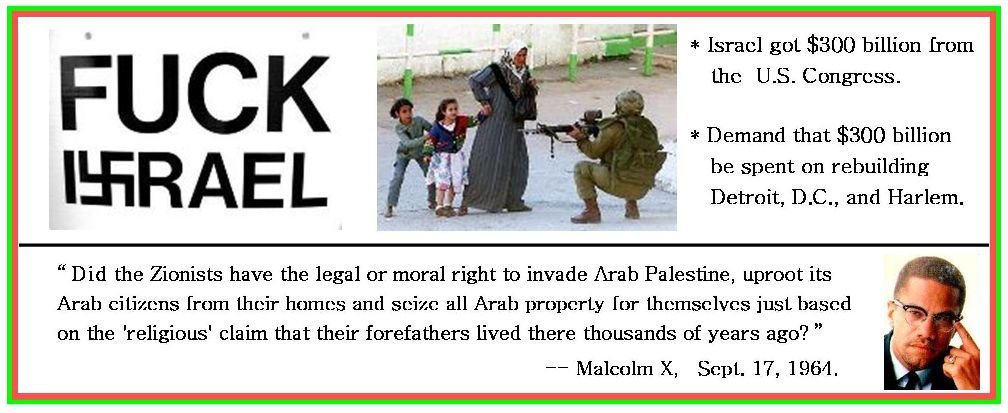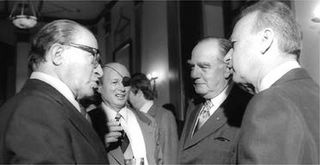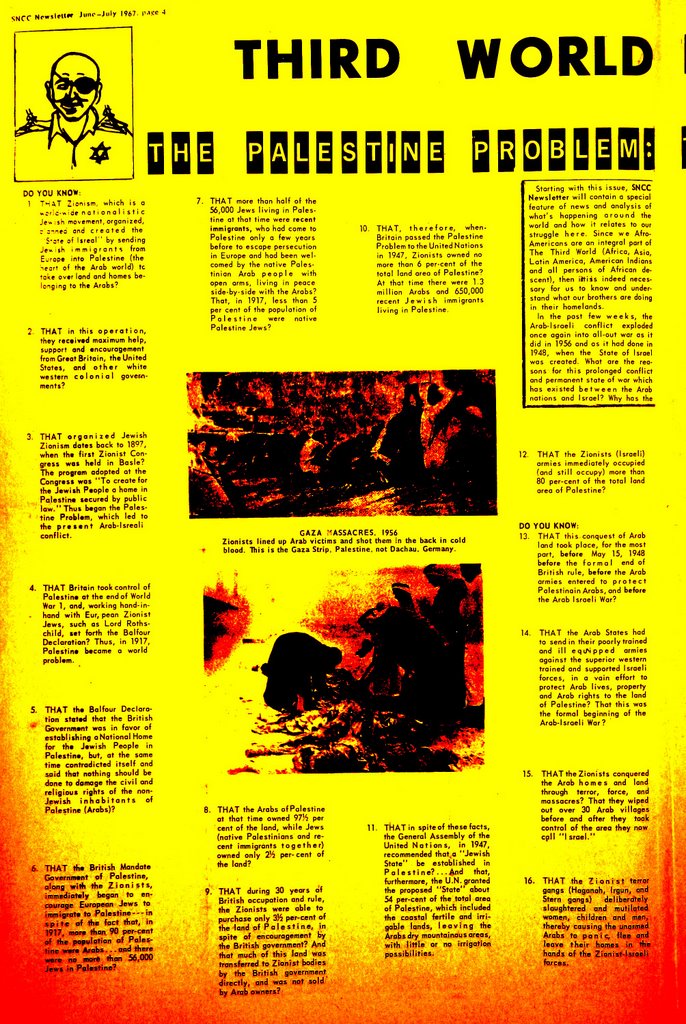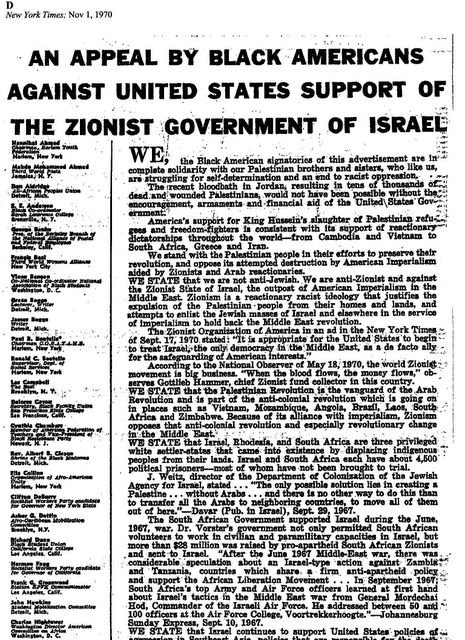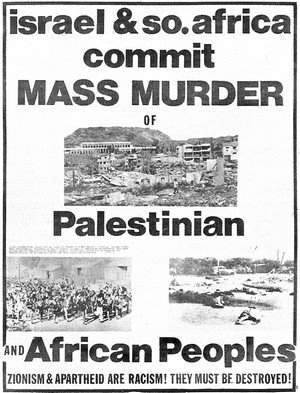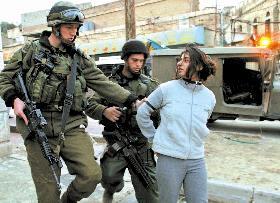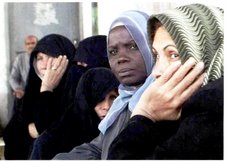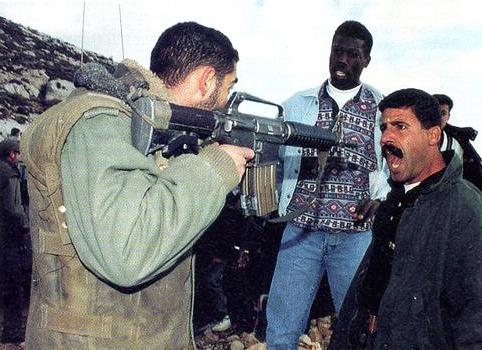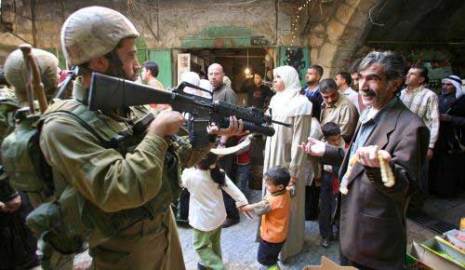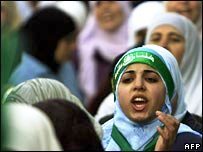 Asel Asleh, a Palestinian citizen of "Israel", became a member of Seeds of Peace in the summer of 1997, and remained an active Seed throughout his life.
Asel Asleh, a Palestinian citizen of "Israel", became a member of Seeds of Peace in the summer of 1997, and remained an active Seed throughout his life.Israeli police killed him anyway, on October 2, 2000, at age 17.
Throughout his life, Asel was committed to Seeds of Peace.
Asel was constantly active in Seeds for Peace activities, including:
- Israeli delegation, summer camp 1997
- Peer Support, summer camp 1998
- Program Leader, summer camp, third session, 1999
- One of 75 Seeds negotiating at the Middle East Youth Summit in Switzerland, May 1998
- Winter Workshop at Kibbutz Yahel, January 1999
- Homestay in the Hashemite Kingdom of Jordan, July 1999
- Emcee of the Jerusalem Center for Coexistence Talent Show, August 2000
- Originator of Seeds of Peace online correspondence which became SeedsNet
- Host and guest of dozens of Israeli, Palestinian, Jordanian Seeds and families
This same 17-year-old, Asel Asleh, from the Palestinian village of Arrabeh, located inside "Israel", was killed on October 2, 2000 by Israeli security forces. At the time of his death, he was less than a mile from his home at the scene of a demonstration by other Palestinian citizens of "Israel". His father saw Asel standing off to the side of the road, easily identifiable in his green Seeds of Peace T-shirt.
"He was like an observer, or a journalist," an eyewitnesses testified—clearly outside the confrontation. Suddenly, a Jeep descended from the police line, and a group of officers charged in two directions. Several police chased Asel from the roadside into a grove of olive trees. The last Asel's father saw was a policeman catching up to his son and clubbing him in the back with the butt of an M-16. Asel fell forward, continued running, and he and his pursuers disappeared in the trees. "I thought they would arrest him," said Asel's father, who was on the scene. Then the police started shooting... Asel's ambulance was held at a checkpoint for hours. Then he died.
The "Or Commission" (the official Israeli inquiry) into the killing of 12 Palestinian citizens of Israel, and one Palestinian day laborer, reached no conclusion about how or why Asel was killed. It took them years of "investigation" to arrive at no conclusion whatsoever.
________________________________________

"Impunity on Both Sides of the Green Line"
by Jonathan Cook
November 23, 2005
Middle East Report Online
On the Web at:
http://www.merip.org/mero/mero112305.html
For background on the Or Commission, see Jonathan Cook, “Letters of Warning: The Or Commission in Israel,” Middle East Report Online, March 18, 2002.
Peter Lagerquist and Jonathan Cook cover the fallout of the killings of four Palestinian citizens of Israel by a deserted soldier in their essay, “Crime and Punishment on Israel’s Demographic Frontier,” appearing in the current print issue of Middle East Report (MER 237).
Order the issue or subscribe to Middle East Report via a secure server at MERIP’s home page.
=================================
As Israeli Prime Minister Ariel Sharon strode up to the podium at the UN General Assembly on September 15, 2005 to deliver a speech recognizing the Palestinians’ right to statehood, government officials back in Jerusalem were preparing to draw a firm line under unfinished business from the start of the Palestinian uprising, five years earlier.
The Justice Ministry held a muted press conference three days after Sharon’s speech to publish the findings of its investigation into the deaths of 13 unarmed demonstrators -- 12 Palestinian citizens of Israel and one Palestinian laborer from Gaza -- at the hands of the northern police force in the first week of October 2000. In the warm afterglow of the prime minister’s New York appearance, hardly anyone noticed the publication of the Justice Ministry report on September 18.
The director of the ministry’s Police Investigations Department -- better known by its Hebrew acronym, Mahash -- announced that his team had been unable to identify a single policeman responsible for any of the 13 deaths or for the injuries, some of them horrific, to hundreds of other demonstrators shot in Palestinian towns and villages across northern Israel during clashes with the security forces. The protests had been in solidarity with the suffering of the Palestinians in the Occupied Territories.
RUBBER BULLETS
The news from Mahash was greeted with outrage from Palestinian members of the Knesset and members of the Higher Follow-Up Committee for Arab Citizens in Israel, many of whom began a hunger strike outside the Prime Minister’s Office in Jerusalem. They pointed out that an earlier report, from a state-appointed commission of inquiry, noted that the police used the same lethal armory -- rubber bullets and live ammunition -- as the army in the Occupied Territories, even though the protesters in Israel were all civilians and, in most cases, had not left the confines of their own communities. The commission concluded that the police regarded Palestinian citizens “as an enemy.”
In ignoring these findings, argued the Palestinian representatives, Mahash was proving that the police force enjoy the same lack of accountability as the army, which has killed thousands of Palestinians, many of them civilians, in the Occupied Territories. Police and soldiers were being allowed to kill Palestinians on both sides of the Green Line with impunity. “We understand the significance of this report and the danger it represents to us as citizens, as well as to democracy itself, and we will not let it pass quietly,” said Abed Anabtawi, spokesman for the Supreme Follow-Up Committee, the Arab minority’s highest political body. Palestinian MK Abd al-Malik Dehamsheh added that the report “signals to security forces that it is permissible to spill the blood of Arabs without fear of punishment or trial.”
Another commentator, Nazir Majali, wondered aloud in the liberal daily Ha’aretz whether “someone is looking out for the Israel Police. After all, the police had to be rewarded for their decisive role in the successful disengagement and evacuation of the settlements.” In stark contrast to the violent repression of the Palestinian citizens’ demonstrations in October 2000, throughout the summer of 2005 the police had handled violent protests by Jewish right-wingers opposed to the Gaza disengagement with kid gloves.
The timing of the report’s publication -- exactly a fortnight before the fifth anniversary of the 13 deaths -- also caused consternation. One lawyer close to the events explained: “My impression was that the government didn’t even notice that the fifth anniversary was approaching. They were far more concerned that the report be delayed long enough not to upset Sharon’s reception by world leaders at the UN....”
...A FAMILY’S ORDEAL
Hassan Asleh, whose son Aseel, 17, had been shot dead at point-blank range, almost certainly as he lay on the ground after being hit with the butt of a police rifle, received a letter from Mahash a short time later demanding that Aseel’s body be exhumed for an autopsy. The Mahash investigators said they needed to analyze the round that killed him so that they could identify the officer who shot him.
Aseel Asleh and three other young men killed by the police on October 2, 2000 had been hurriedly buried without any post-mortem examinations being performed. Mahash had approved the release of the four bodies, in violation of the law, knowing that no autopsies had been carried out. (In total, nine of the 13 bodies were never examined.)
Marwan Dalal said he immediately suspected a trap. “It was very strange. We were reading in the media that Mahash was preparing to finish its investigations, and then suddenly they request permission to do an autopsy on Aseel’s body. From their point of view, Hassan Asleh was the obvious target for such a request both because he had become a spokesman for the families and because he had made it clear during the Or Commission hearings that he would not allow his son’s body to be exhumed. So Mahash knew beforehand what his response would be.”
In fact, there were no forensic grounds for exhuming the bodies of Aseel or any of the other victims all these years later, as Meir Gilboa, a leading criminologist and former chief of Israel’s Serious Crimes Investigations Unit, pointed out. He argued that Mahash’s request demonstrated either an astonishing degree of incompetence on its part or a desire to stymie the investigation.
“All the [fatal] injuries were either from rubber-coated bullets, which cannot be traced to a specific gun, or from live rounds fired from M-16 rifles that shatter in the body and so cannot be matched with a weapon.” In any case, metal bullets would almost certainly have deteriorated over five years, making their forensic value nil, wrote Gilboa. He further noted that the point of an autopsy was to determine how someone died and not who killed them. As the cause of death -- lethal police fire -- was already known in all 13 deaths, an autopsy was redundant.
But, as would become clear, Mahash was creating the excuse it needed to slip suspected police officers off the hook for any of the deaths. When Mahash published the findings of its investigations in September 2005, its director, Herzl Shviro, blamed lack of cooperation from the bereaved families for the lack of progress in the inquiry.
At the press conference of September 18, as Shviro sat next to Shendar, his predecessor and now the state prosecutor, and Menachem Mazuz, the attorney general, he declared that even in the cases where the responsible policemen had been identified they had acted in situations where their lives were in danger.
